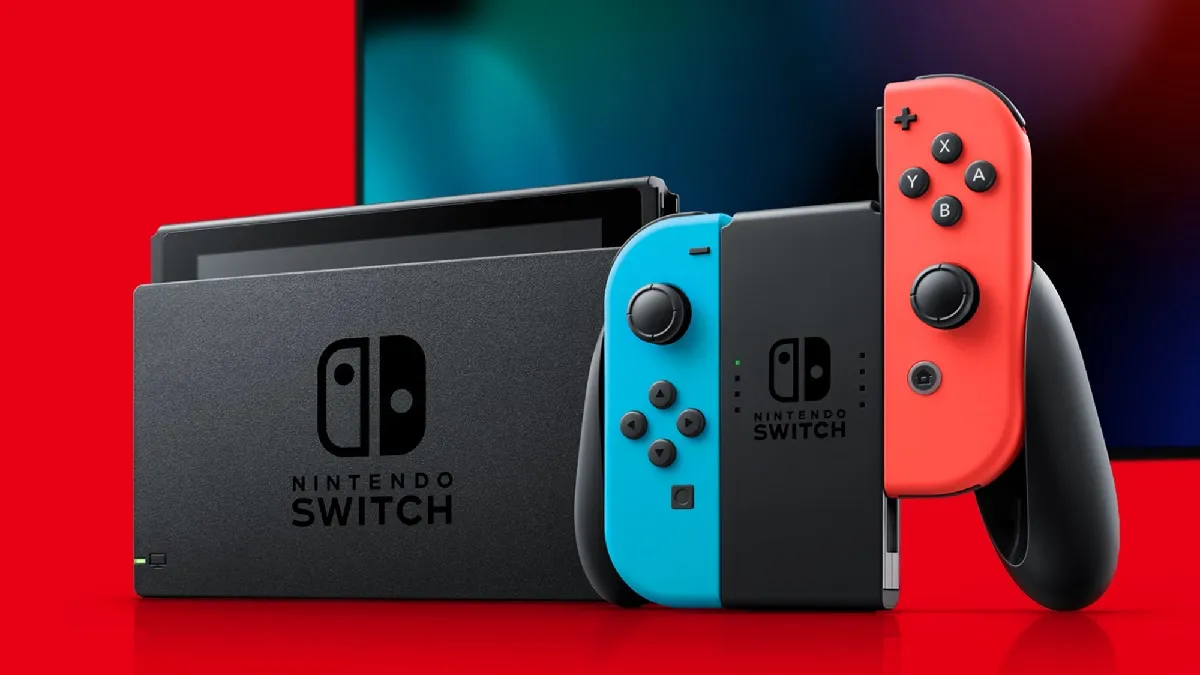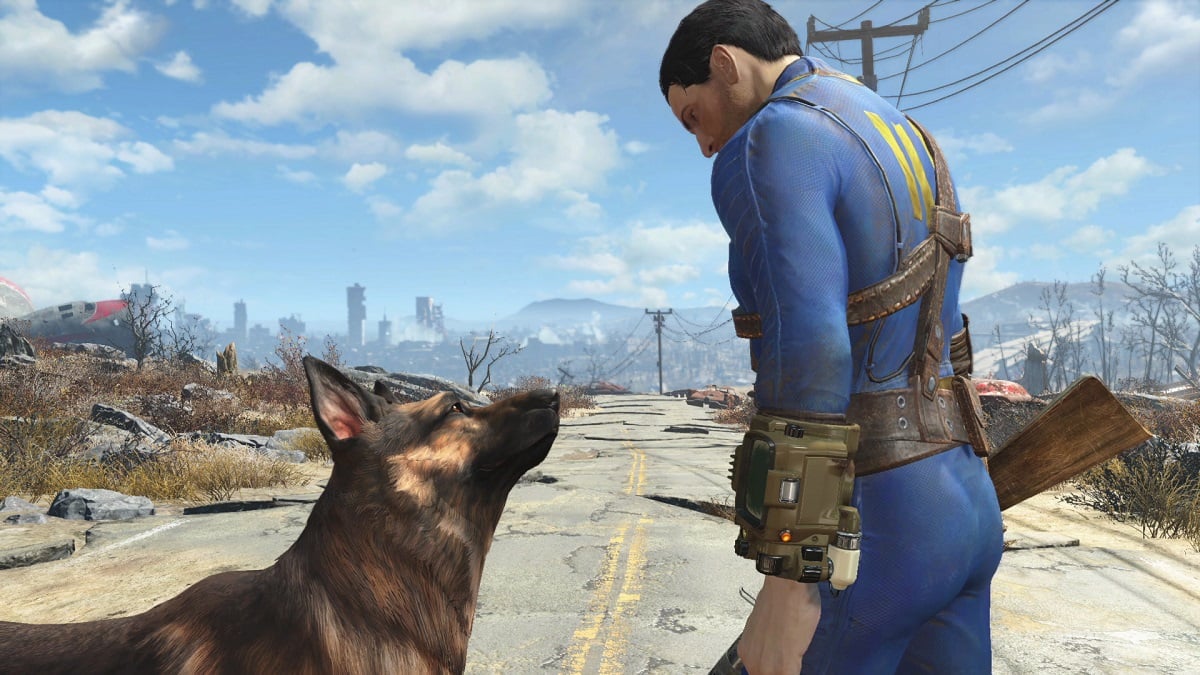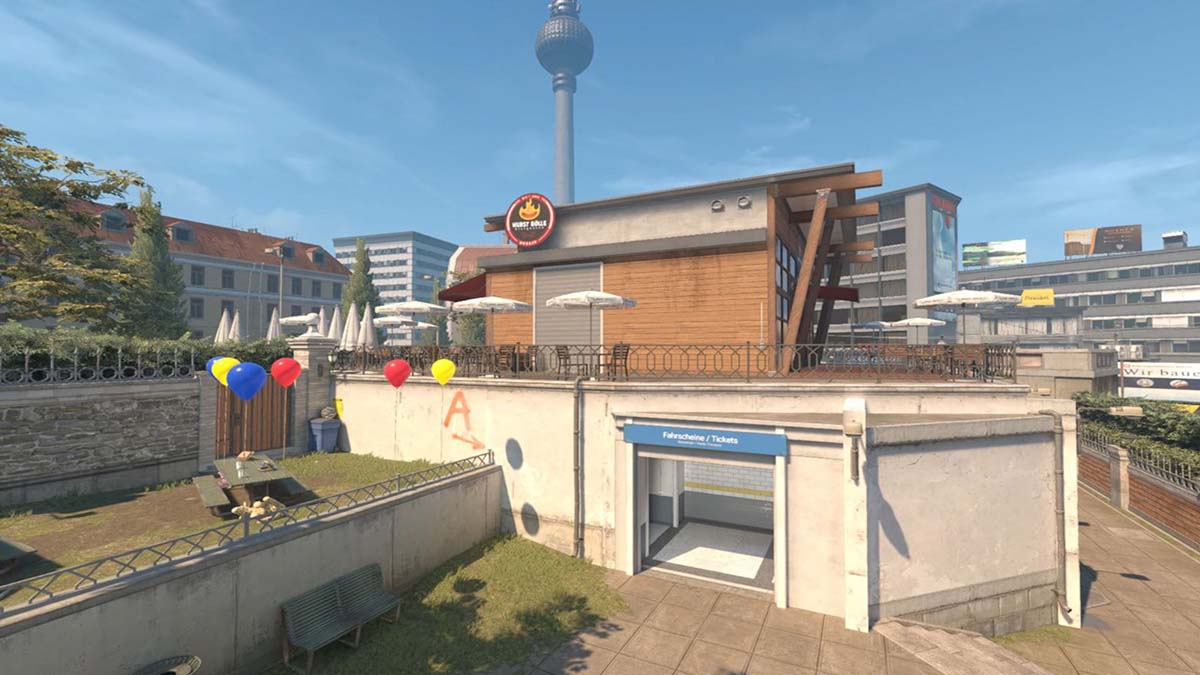If you frequent any videogame website, there’s a high chance you will have read about a game released this year by the name of Dark Souls. That it is quite passionately talked about should come as no surprise, really — there’s a hell of a lot of content on offer for players to discover, and it houses a fascinating fictional world full of tantalizing lore and exotic locations.
Most likely, too, you’ve come to learn it’s a particularly grueling game, albeit one that offers an incredible experience for the persistent player. Dark Souls more or less hates you; it is your goal to endure all the nasty traps and dangers the game throws your way.
But throughout all this, there is one element of the game that effectively alters the overall package in an uncharacteristically player-facilitating manner. If you play a lot of games, you might come across these kinds of things once in a while: a wee gameplay aspect with a disproportionately large effect on how the game can be played — a feature that saves the entire game experience. In the case of Dark Souls, I am of course referring to the save game feature.

The save game feature in Dark Souls is an unusual beast that might be best perceived as two distinct but similar operations. Like most games these days, it offers both an autosave feature and a save feature in the options menu. In order to understand why each aspect is particularly interesting in the way it serves the player and affects the game, you have to consider Dark Souls’ overall structure.
With Dark Souls, you have a hack-and-slash dungeon crawl — the player is tasked with exploring maze-like environments while engaging in combat against all sorts of deadly monsters, the objective being to collect treasure and reach the ends of the various ‘dungeons.’ Any given area has you beginning at a checkpoint in the shape of a bonfire. As you advance through the area, you unlock shortcuts and activate new checkpoints to ease your progress. These are vital in that they often allow the player to bypass now-extraneous routes, saving time and energy that can instead be used to further explore the bowels of the world.
When you die, as is all the more likely the farther out you venture, you return to the last checkpoint where you rested. Although you retain all the items and equipment in your inventory, upon death you drop all the unused “souls” (cash/experience points) that you had collected. These souls are such a valuable resource, it would be a shame to see them lost. Fortunately, you can retrieve them by returning to where you died and dropped them, but if you die again before they are recovered, the souls vanish forever and the cycle repeats.

Light Spoilers Ahead
Seeing that shortcuts and checkpoints are few and far between and given how transient the player’s pool of souls generally is, traversing the environments in Dark Souls can be quite an arduous endeavor. This rather punishing system is enforced by an ever-vigilant autosave feature. Whenever you slay an enemy, collect souls, pick up an item, die, and so on, the game quickly and automatically overwrites your only save file. There’s no loading up a save file from five minutes ago because you slipped off a ledge and lost 20,000 souls; try and you will only load up your character respawning at the last checkpoint, shamefaced and empty-pocketed.
This has a very curious effect on the player’s desire on how to act in the world of Dark Souls. Since each action triggers an inescapable autosave, each action also carries with it a sense of permanence for the player. You cannot slay an NPC to see what items they drop, only to load a previous save file if the loot isn’t worth losing a potential source of information and merchandise. Nor can you be too frivolous with your cache of souls; if you needlessly buy a spell or a weapon just to see what it looks like, you cannot simply undo your wasteful spending.
On the other hand, this makes for a much more cogent player experience, as you realize when an NPC you rescued earlier goes on to slay the curator of your primary bonfire and steals off into the city of Anor Londo, leaving you to track him down and set things right. Or when you decided to tell that nice pyromancer where exactly you were taught those powerful chaotic spells, only for him to attack you when next you return to Blighttown, having lost his sanity on the journey to further his mastery of the flame. Whenever the game world changes, there’s no turning back.
In this manner, the permanence resulting from the autosave feature brings about a tangible presence of consequence, and with it, wilfulness: because the player’s actions have a lasting effect in the game world, they are more heavily weighed and deliberated upon. It’s a far cry from the tactic of saving right before the buttons in Deus Ex: Human Revolution and gaining instant access to four of the game’s diverging endings.
/Spoilers

On top of having a rather prominent autosave feature, Dark Souls also sports an in-game option to save your progress while quitting to the title screen. This performs all the same functions as autosaving alongside one additional benefit: it is determined by the player. At first this might not seem like an important enough detail to note. In truth, however, it provides the player with a mechanic that can be utilized to punctuate his or her game session at a whim.
Bearing in mind how lengthy a new area can be prior to discovering new checkpoints, opening up shortcuts and interlinking the area into another area already explored, the gameplay sections of Dark Souls tend to be quite time consuming, not least due to their difficulty. Giving the player the option to save at a moment’s notice and record not only their full status but also their exact location opens the game up to a new layer of accessibility. In this way, a gaming session need not last at least as long as a gameplay section — you can save and quit in the middle of fighting a large mob of goblins if the bathroom abruptly calls, or you can end the session right before a boss fight if you feel that you currently lack the nerve for it.
Being able to start the game anywhere at any time and put it down whenever you feel like it means that the game can be played to suit the player. Furthermore, this is achieved without the player needing to seek out actions that trigger an autosave, or in other words, without the player needing to act to facilitate the game’s desire to save. For a game that is normally unaccommodating to the player, you can see why this is somewhat out of character.

Not that the save features of Dark Souls are in any way unwelcomed. As someone who played most of Dark Souls’ predecessor, Demon’s Souls, under the mistaken belief that the game could only be safely saved at a checkpoint, the fact that you can save your progress at any given time is something of a godsend. For one reason or another, my time with Demon’s Souls was one largely governed by how long it takes to get from one checkpoint to another. Knowing now that I could have loaded the game up at any point and put it down whenever I wanted or needed to gives me a tremendous appreciation for the ‘increased’ accessibility, as well as making me feel quite silly.
Between shaping the game to be far more convenient to the player’s gaming needs and imbuing the player’s actions with a sense of consequence (thereby bolstering the game’s atmosphere), the save features in Dark Souls seem to serve two opposing masters — one of accessibility, one of punishment — yet manage so to the unfaltering benefit of the player. In its cruel kindness, Dark Souls is undoubtedly a better game for having them. Ultimately, it is fascinating how much of an impact such a small and familiar game element can accomplish when well designed.




